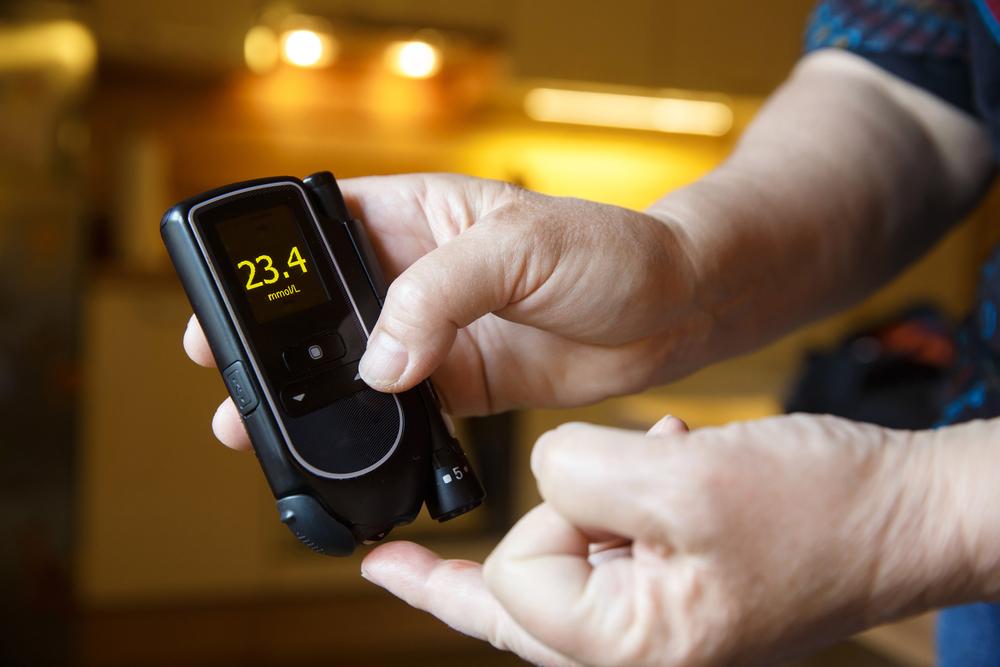
An Insulin Guide for Patients with Diabetes
If you’ve been recently diagnosed with either type 1 or type 2 diabetes you may need to use insulin. However, the very thought of insulin can give many people panic attacks. In fact, insulin is a life-preserving medication for patients with type I diabetes while it’s known to significantly improve quality of life for many people with type II diabetes.
Insulin is a hormone, produced by the pancreas in the beta cells that helps control blood sugar levels. However, patients with type 1 diabetes, an autoimmune disease that gradually kills the beta cells in the pancreas so the body is unable to make (enough) insulin, lack of insulin leads to dangerously high blood sugar and resulting fatigue and diabetic ketoacidosis (DKA), which can be life-threatening. While patients with type 2 diabetes, suffer insulin resistance, which leads to excess blood glucose levels.
Thankfully, both type 1 and type 2 diabetes may be prescribed insulin in the following ways:
1. Insulin injections
Insulin given via injection (or needle and syringe) is the most commonly prescribed insulin delivery method for diabetic patients. Patients prepare a dose of insulin via needle syringe and inject it directly under the skin of the buttock, belly, thigh, or upper arm.
2. Insulin pumps and ports
Insulin pumps and ports are medical devices that supply insulin in steady doses as needed. Insulin pumps are stored in a pouch and carried with a diabetic patient at all times. The pump is connected to a thin tube attached to a needle, which is inserted comfortably under the patient’s skin. While insulin ports are left inserted under the skin and are held in place by an adhesive bandage. These devices are an alternative to administer multiple insulin injections daily.
3. Insulin pens
Insulin pens are thin, plastic instruments that house increments of insulin (usually by ½, 1 or 2 units each) and contain a needle injection at the tip. Insulin pens are injected directly into the buttock, thigh, or arm for stress free measuring and delivery.
4. Jet injectors
Insulin jet injectors are designed for patients unable to give themself a insulin shot with a needle or pen injector. This injector produces an intense high pressure insulin mist, which is sprayed directly onto the patient’s skin and absorbed quickly.


